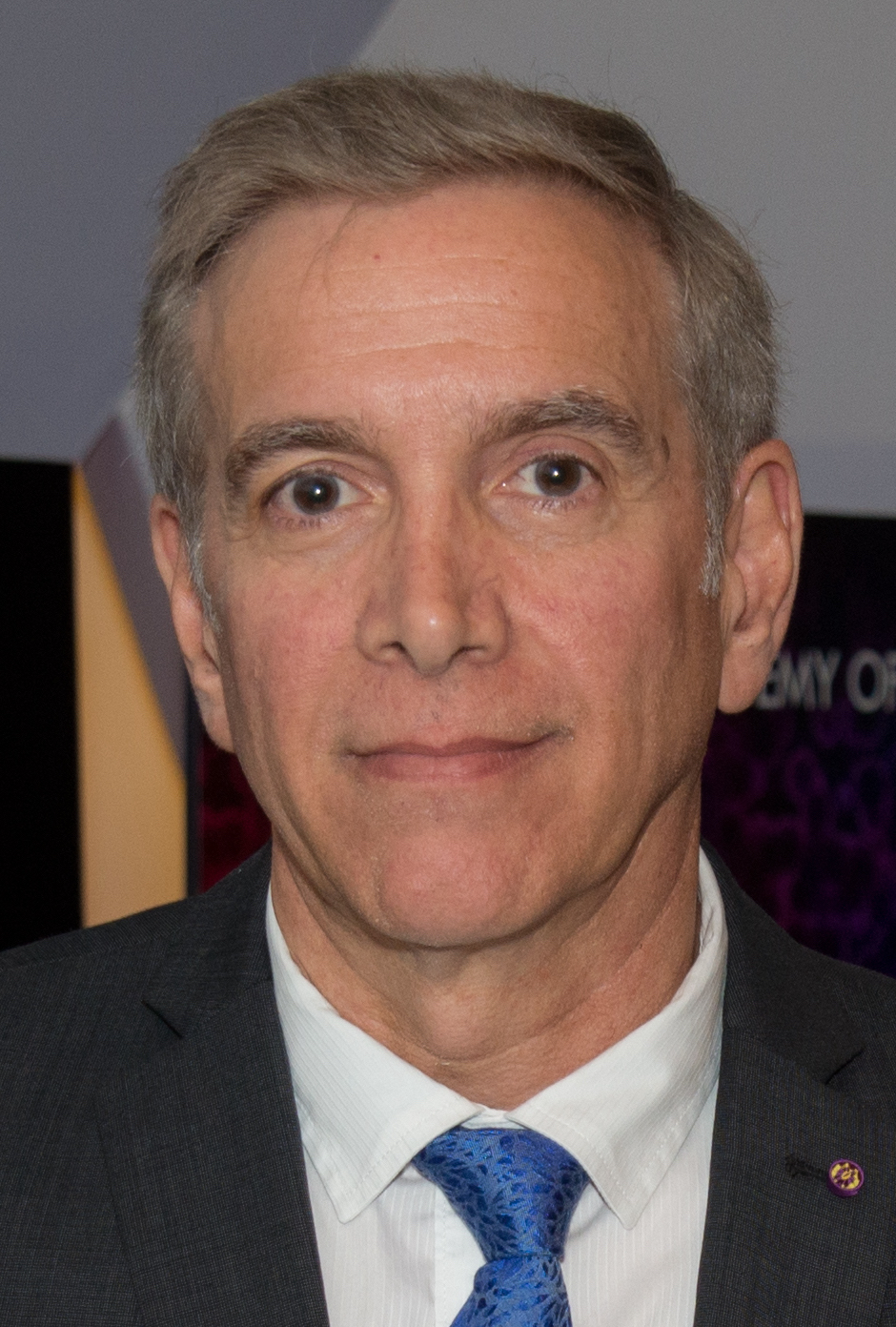
Coming Home Again

What do you do after leading an experiment that found the elusive Higgs boson? And how do you follow up announcing to the world the validation of a 50-year-old theory that led to a 2013 Nobel Prize in for its theorists and a deeper understanding of the universe?
If you’re Joe Incandela, UC Santa Barbara professor of physics and former spokesman for the Compact Muon Solenoid (CMS) experiment at the European Organization for Nuclear Research (CERN), you go home and tackle your plumbing.
“My wife was very happy,” said the UCSB Yzurdiaga Chair in Experimental Science, who recently returned to Santa Barbara after his stint at CERN. “I fixed all the things that didn’t work, faucets and other things.” And soon he’ll become a regular sight on campus once again, as he returns to teaching in the fall.
Incandela was happy to return to normality after the hustle and intense pressure of the search for the Higgs, a subatomic particle that was the center of attention for particle physicists for decades. For the one-and-a-half years prior to the Higgs’ discovery, he was the deputy leader and then the elected leader — “spokesperson” — of CMS, one of the two largest particle physics experiments ever built. CMS is essentially a four-story, 80-million-pixel camera trained on trillions of particle collisions generated by the Large Hadron Collider (LHC).
Located underground in Switzerland and France, the LHC is a particle accelerator in a 17-mile circular tunnel in which proton beams are accelerated to just under the speed of light and smashed into each other at the highest energies man has ever achieved.
Incandela was responsible for following virtually every aspect of the experiment — not just the science, which alone is enough to make one’s head spin, but also the budgets and funding, collaboration issues, the state of the detector itself and, importantly, what to tell the world.
“You’re constantly preparing, assimilating information,” Incandela said. A check into his email inbox revealed that during his two years, he sent 30,000 messages and may have received five for every one he wrote. The collaboration produced more than 200 papers published in top journals in that time. He gave multiple presentations every week to everyone from collaborators to heads of state to funding agencies. Between presentations, emails and the constant monitoring of the analysis of data, there were many meetings: meetings to navigate the complex and varying requirements from each funding agency, and meetings to decide what results were significant enough to be considered, reviewed and released. It wasn’t always easy.
“There were times when we had results that were potentially very significant and so we needed to be careful about publishing them. In agreement with other seasoned members of the management and experiment at large, we sometimes decided that additional scrutiny and alternative cross-check analyses were required. We postponed making them public,” said Incandela.
These delays naturally led to some tension with some of his collaborators, and there were rumblings of bias from peers eager to publish their results. In every case, waiting turned out to be a good decision even if controversial at the time. A much better understanding of the data and underlying science was achieved that ultimately led to a much better understood result going public.
“In all cases, it was the right thing to do,” said Incandela. “But it was very, very difficult.”
The Pressure to Get It Right
The stakes are extremely high. As the most expensive particle physics pursuit in history, costing in the neighborhood of $10 billion over 20 years, mostly coming from European member states but including contributions from dozens of other countries, the LHC program cannot afford to make mistakes.
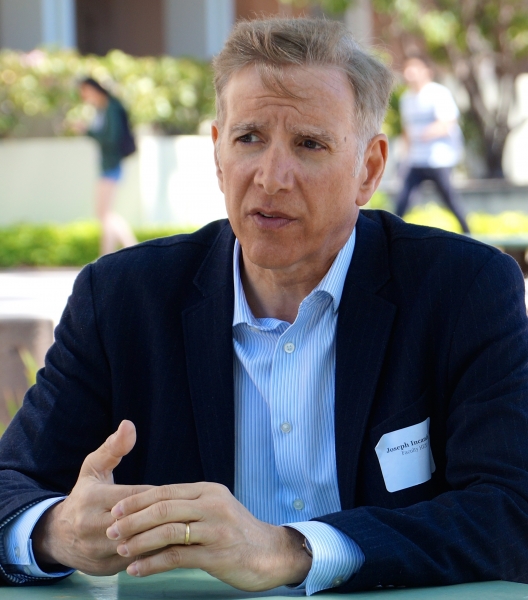 “Finding the Higgs was pretty big. We had never found an elementary particle that had no spin.”
“Finding the Higgs was pretty big. We had never found an elementary particle that had no spin.”
Joseph Incandela
Professor of Physics
“The Higgs boson discovery, for instance, is one of the biggest discoveries in the history of particle physics and we did not want to claim something that would later have to be retracted,” said Incandela. “It’s true that it is a key part of the Standard Model, the prevailing and most successful description of the fundamental particles and their interactions that has ever existed, and as such, many people expected it to be found.
“But viewed from another perspective, this particle is unlike any that has ever been seen before and by nature of its unique characteristic of having no intrinsic angular momentum — no ‘spin’ — its existence would pose at least as many new questions as it answers. So it was not guaranteed that nature followed the Standard Model script and the onus was entirely on the experiments to get the right answer.”
Results that have to be retracted later have been damaging in the past. Spokespersons have had to resign.
When it came to the Higgs, the CMS and the other major particle physics experiment ATLAS both returned results that crossed the conventional threshold to be claimed as a bona fide observation of a new particle but, even more important, they both saw the signal in at least two distinct final states and at the same mass, within relatively small uncertainties.
Combined with the exceptionally detailed understanding of the detectors and data shown in all of the accompanying studies, this made it clear it was the real thing. This was summed up by the director general of CERN, Rolf-Dieter Heuer, on July 4, 2012, in one simple statement: “I think we have it,” he said, followed by loud applause in CERN’s main auditorium.
“Finding the Higgs was pretty big,” said Incandela. “We had never found an elementary particle that had no spin. And this is a big thing, because this kind of particle can have an incredibly powerful impact on our universe.
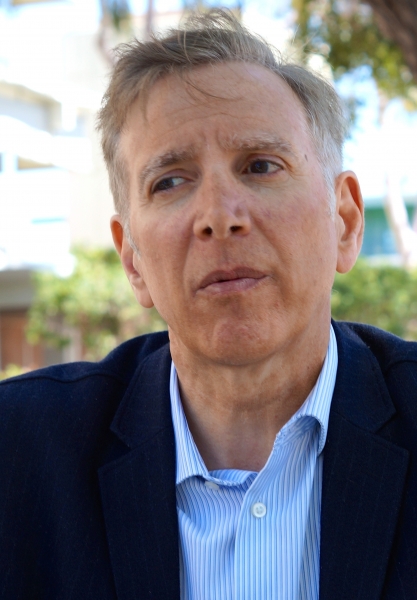 “We had lots of undergraduates involved and they were just spectacular.”
“We had lots of undergraduates involved and they were just spectacular.”
Joseph Incandela
Professor of Physics
“And yet it’s so bizarre, in terms of what quantum field theory tells us, that there were times when I thought maybe these particles don’t really exist,” said the man who was nevertheless “totally confident” in the results from the two experiments. “Some theorists also thought they didn’t exist, and even some of those who did still found it kind of shocking when we made the announcement. It’s the simplest solution, but only if you ignore the issues it raises.”
Answers Create Questions
For all the things the discovery of the Higgs boson explains — such as how elementary particles acquire mass — it opens up more, and bigger, questions.
“For instance, there’s nothing yet that can explain why its mass is as low as we measure it to be,” said Incandela. “In similar situations in the past where an elementary particle has a mass that is not at the scale one would predict from basic calculations, there has been some very basic symmetry in nature that comes into play to protect the mass at this ‘unexpected’ scale. For instance, electrons: The reason for the electron mass to be what it is stems from the fact that positrons exist. It involves a basic symmetry between matter and antimatter.”
This pattern is something many theorists think must also be true for the Higgs. Something must stabilize its mass where it is. The most favored choice prior to the startup of the LHC was supersymmetry, which predicts the existence of new particles, called superpartners, for each Standard Model particle. But finding these superpartners has proved to be more difficult than initially expected.
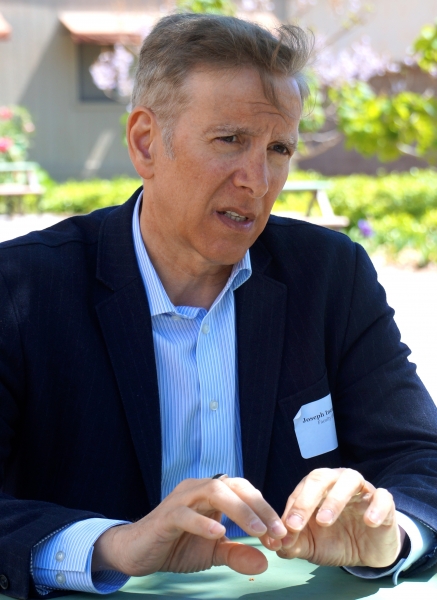 “If we find something new, it would be revolutionary, because it would give us real clues about what dark energy is, and dark matter.”
“If we find something new, it would be revolutionary, because it would give us real clues about what dark energy is, and dark matter.”
Joseph Incandela
Professor of Physics
“People were confident that the theoretical picture was clear and correct, and we were just going to turn the machine on and see all this,” Incandela said. “And if everything was correct — supersymmetry really was there in one of its most elegant and simple forms and at the right energy scale — it should have come out sooner than the Higgs.
“But it didn’t. So in fact now there’s a small crisis in theoretical physics. People are trying to understand what’s really happening, how this Higgs could be where it is while there is no sign of new particles, a new symmetry. It’s certainly caused some theorists to go back and question many things,” said Incandela.
More to Come
But it’s not over yet. The LHC will go to higher energy, close to what was originally planned, next year. There is a lot of anticipation about what will be found. This will open up territory that is completely new. In 2008, the first time the collider went live, a flaw caused it to fail. The atom smasher was then refitted and run at half the energy it was designed to reach, with instrumentation in place to monitor the problem. A project is currently underway to replace thousands of faulty connections and bring the LHC up to near its peak potential, something Incandela expects will be mostly complete by the end of 2014.
“Then, if after thoroughly studying this new energy scale new particles still don’t show up, we’ll need a bigger machine,” he said.
At least two projects are being considered in the event the world’s top physicists need an even bigger collider to find these smallest of particles. One would be at CERN, a collider four times the size of the Large Hadron Collider, with a 60-mile-long underground tunnel, called, well, the VLHC — the Very Large Hadron Collider.
The other — which Incandela learned more about during a recent trip to China — would be roughly the same size but built in a granite slab extending hundreds of kilometers in a seaside region of China near where the Great Wall meets the sea. In a presentation to students at Peking University last winter, Incandela called it “the Great Ring of China,” to the amusement of the audience.
Either of the two projects could ramp the power up to around 12 times the energy that the LHC has provided thus far; the difference would likely be the cost. The civil engineering part of China’s particle collider, said Incandela, could be much cheaper. A VLHC would cost around $20 billion — a sum that might not be so palatable to the project’s expected contributors, including the United States.
“The support for high energy physics in the U.S. is substantial but the funding is slowly going down,” said Incandela, who up to the very end of his appointment as spokesperson was helping in efforts to maintain U.S. government investment in basic research. The U.S. has much of the expertise needed to help build and run a revamped LHC or a new VLHC, he said. “We have all carried out much of the cutting-edge research into new magnets and accelerator technologies, for instance, but we do not have the level of support — as a percentage of GDP — that is common in other countries.” The U.S. will nevertheless remain an important player in the international program.
UCSB’s Role
If Incandela or his colleagues within UCSB’s High Energy Physics group have their way, the campus will still be heavily involved, one way or another, in the ongoing search for answers beyond the Higgs boson. UCSB has become a leader in experimental high-energy physics that makes it a destination for some of the best up-and-coming minds in the field.
“We’re one of the top choices for postdocs and graduate students.” he said.
Undergraduates benefit, too. When the CMS team decided a few years ago to turn to semiconductor wafers for the entire particle tracking system — an ambitious move that would result in added durability for the detector and greater precision in its readings — much of the task fell to UCSB to build the massive yet highly delicate silicon-based tracking system modules.
“We had lots of undergraduates involved and they were just spectacular,” said Incandela. “They did incredibly well and they had so much fun; none of them ever took a sick day.” In fact, at the end of the project, Incandela returned around $100,000 set aside for sick days to the U.S. Department of Energy.
The technical staff at UCSB's High Energy Physics group also made great strides in the production of CMS components by redesigning the assembly system. They took the original, CERN-designed system composed of many custom-made pieces down to a system with far fewer parts that could almost all be bought through a catalog. It was also much more precise and safe for the components when they got through with it, he said.
On top of working with the upgraded LHC, and thinking about a VLHC, Incandela has joined a project that will further upgrade the CMS detector in 2024.
“If we find something new, it would be revolutionary, because it would give us real clues about what dark energy is, and dark matter,” he said. “If we see the beginning of a spectrum of new particles, this would be a major find. This is bigger than the Higgs, for sure. This is opening up a new realm.
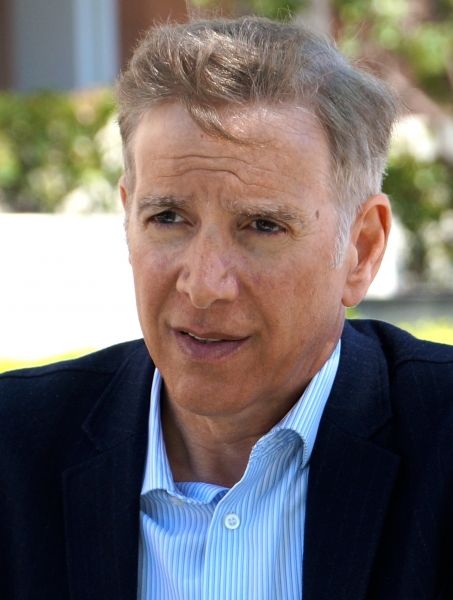 “If we don’t see anything, it doesn’t mean it’s not there; it could be that it’s way more difficult to find, so we’d have to be more clever.”
“If we don’t see anything, it doesn’t mean it’s not there; it could be that it’s way more difficult to find, so we’d have to be more clever.”
Joseph Incandela
Professor of Physics
“If we don’t see anything, it doesn’t mean it’s not there; it could be that it’s way more difficult to find, so we’d have to be more clever. At UCSB, we’ve actually innovated a lot of techniques that have made it possible to go much further in analysis. We’re well-known for innovating analysis techniques.” It is a reputation that has been built by all UCSB faculty in the High Energy Physics group — for Claudio Campagnari, Joe Incandela, Jeffrey Richman and David Stuart, who are involved in the LHC, as well as Harry Nelson, Ben Monreal and Michael Witherell, who are involved in different ways to probe the universe at its deepest levels.
In the meantime, Incandela looks forward to returning to the life of a university professor at UCSB in the fall. After handing the reins over to CERN physicist and former deputy spokesperson Tiziano Camporesi, he was ready to trade the intense, jet-set, high-visibility world of CMS spokesperson for one of classes, papers and the opportunity to dig in deep to answer questions.
“We’re academics; we like to know things well,” he said. “It was an amazing experience. But now I’m shifting back to a lifestyle more like I had before, that of a university professor with his own projects, and his own analysis group.”



